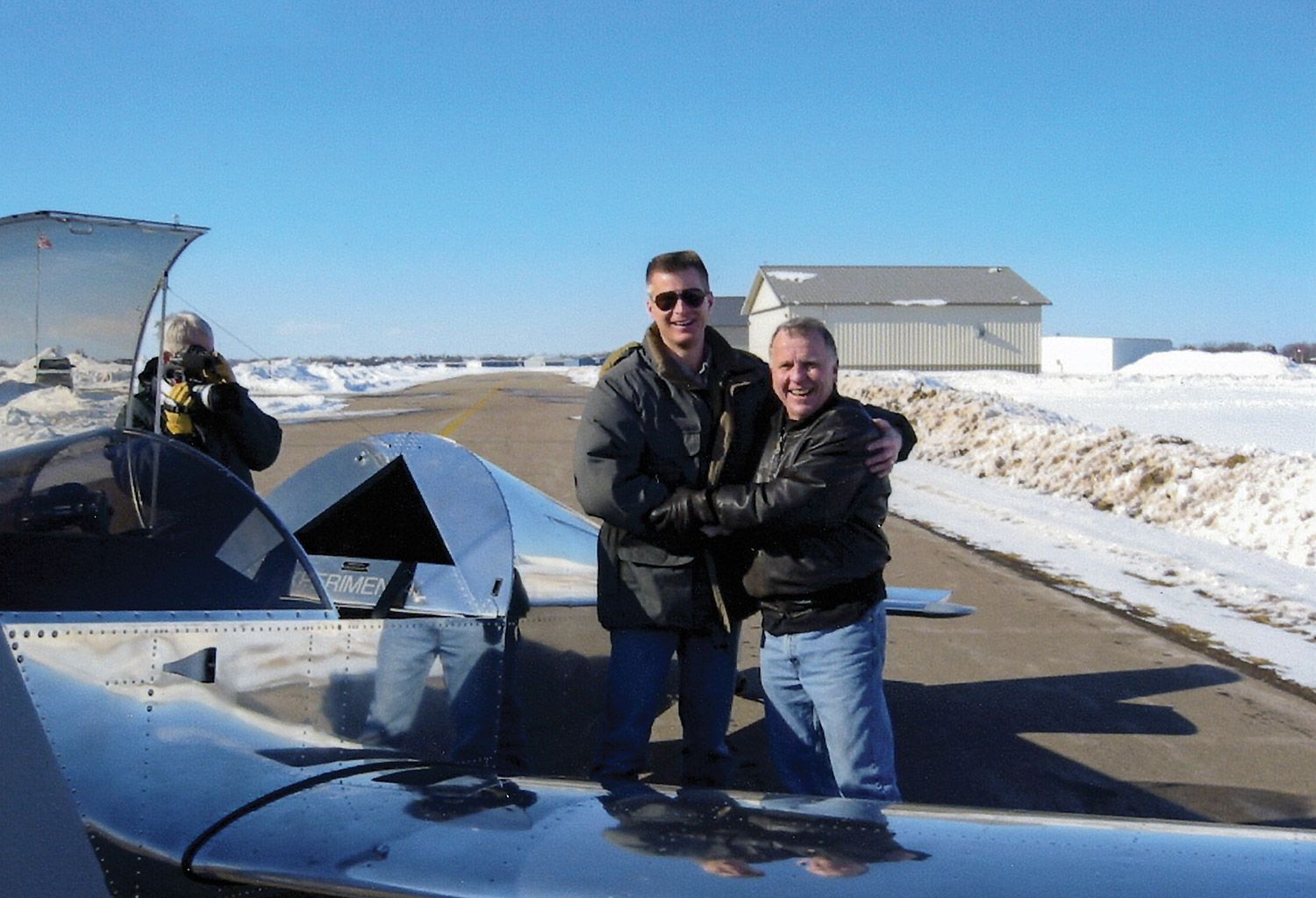
“Kerry, you know your airplane could be flying in two weeks.” That observation, offered by someone qualified to make the assessment, caught me off guard. I was four years into scratch-building my Sonex, yet I hadn’t paused to consider how far I had progressed. I was focused on building, not the seemingly distant goal of flying. Later that day, as my feet beat out the rhythm of a run, my mind inventoried the tasks that remained before I could put sky beneath the tires of my airplane: install the upholstery; build and install the gear leg fairings; fit the wheel pants; attach the data plate and apply the N-number; calibrate the fuel flow; rig the flaps and ailerons; develop a first-flight checklist; program the radio.
I’m sure there were other items, but I agreed—I could have the airplane flying in two weeks. The wheel pants and gear leg fairings could wait. Fuel flow wasn’t required for flight as it was supplemental to the fuel level gauge. The cowl, cosmetically ugly as a work-in-progress, would still function without the pinholes filled to perfection. My airplane project, like my running, was always a journey, never a race.
When I run, I don’t think about how far I have run or how far remains. I take each step in stride, analyze each intersection for hazards as I approach them and fear dogs only when they appear. If I contemplate the miles that remain, a satisfying run can turn into a frustrating walk. While building Metal Illness, I stayed focused on the task at hand. Contemplating the work that remained to make a wingless fuselage in my garage fly may have brought the project to a halt. To paraphrase Lao Tzu, “An airplane of 10,000 rivets begins with the first one.” And it’s nowhere near done with 9700 rivets installed.
Transitions
Running has always helped me sort and focus my mind. It also served as a transition between my workday and my aircraft building sessions. It was a pause that brought the stresses of the day into perspective or helped me dismiss them entirely. It kept them out of my workshop, where they could impact my workmanship. While running, I also planned the evening’s work session, mitigating the chance I’d make an error by acting too quickly on a task. Similarly, a pause between active building and active flying—whether a few days or a few weeks—is a time to transition between two distinct mindsets. On a first flight, your mind must be focused on flying a machine that has never flown before, not distracted by unfinished tasks. Building decisions can be made at a casual pace—even postponed. Situations that arise during a first flight require immediate action. For that, you must be in a pilot’s mindset, not a builder’s mindset.
Two other transitions occur during a first flight; a project becomes an airplane, and building becomes debugging, repair and maintenance. A punch list of issues can arise when a project becomes an airplane. The left wing may fly low, the rudder will need a trim tab, the radio may have static and what is vibrating behind the panel? The tasks left unfinished during the build phase will take a back seat to the flight-test program. The engine’s break-in maintenance will consume time you would have spent fitting the gear leg fairings. Resolving punch-list issues—seriously, what is that vibration behind the panel?—becomes a distraction to finishing the airplane. How long do you want to fly without wheel pants and the performance gains they provide, or sit on seat cushions borrowed from a fishing boat?
You Define “Done”
The obvious question is, “How do you determine when your airplane is done?” I decided my airplane was done—that is, my focus would shift toward flying—when it only needed final paint on the fiberglass parts. (I was going to add “and is fully polished” but, as I wrote in another column, polishing is never done.) I wouldn’t even let the airplane fly without a consistent shade of primer on all of the fiberglass parts. You’ll have your own definition of “done” but, if you haven’t given it thought, I offer this guidance: Your airplane is done when the last item on your well-thought-out-but-ever-evolving to-do list has been crossed off and—try as you might—you can’t identify one more thing to tighten, measure, lubricate, label, wire, inspect, install or program. In other words, you go to the hangar to work on your project but can’t find anything to do, so you sit in quiet communion with your airplane.
I’ll also define when an airplane isn’t done. It isn’t done on a specific date on the calendar: your birthday; the anniversary of your solo; the weekend your extended family is in town for a reunion; in time for AirVenture. It isn’t done when someone else says your airplane is done. It isn’t done if any doubt remains in your mind that it is done, even if the FAA has signed the airplane’s birth certificate.
Your desire to build an airplane probably simmered for years or decades before you settled on the right airplane for your mission and found the time, money and space to build it. You’ve invested years in its construction. Why rush it to completion when you are closer than ever to fulfilling your dream? I finished Metal Illness about six months after I was told it could be done in two weeks. Not rushing its completion may be why I was able to log 100 trouble-free hours the first year it was flying. I made a conscious decision to separate building time from building time.









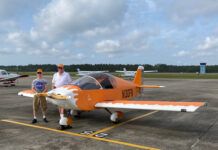

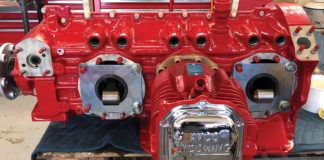
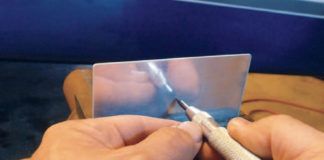
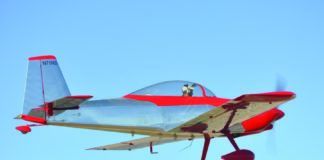
I agree with what is said in this article. However, I made a distinction between “Done” and “Ready to Fly” in my Europa build.
I first flew my Europa about a year ago. It was certainly “Ready to Fly”. I couldn’t think of anything else that needed to be done to safely fly the airplane. But as of today, the airplane is not “Done”. And I mean some important things still need to be done such as paint and interior.
What I did, when I thought I was getting close to the end, was make a list of what was a must have for first flight and what could wait. And the wait list was not short.
The good of doing it this way: I have truly enjoyed flying and debugging my Europa this past year. I have been able to start flying a super simple, under equipped airplane, and determine what the ideal mission of this plane really is (this is not my only airplane) and modify and equip it accordingly, without fear of damaging any cosmetic appointments. Also, most people take many many years to get the Europa in the air. I think that making that first flight before the airplane was truly complete provided motivation to finish. Taking 4 years instead of 6 to 10 to finish, as it is the case with most people, had it’s advantages (and lets just say that by the time the airplane was ready for first flight I was a tad burned so getting in the air and doing some flying was a welcomed diversion). One more thing that was good: the airplane was extremely light since I had no paint, interior, no seat upholstery, minimal instruments, no transponder or ADSB and no ELT. The airplane was light and it flew FANTASTIC! It is now equipped with all necessary instruments (which I was able to modify as I learned more about the airplane, and you can feel the weight increase. Really! But it still flies great though.
The bad: well, Kerry is correct that flying is a distraction. I have done A LOT of debugging. The Europa kit belongs to a different era of homebuilt aircrafts, read harder to build (unlike an RV kit). But the airplane now is flying fantastic so I am starting to think about really finishing it. The bad part is how difficult it is to gather the courage to stop flying it to do the necessary work. It is a blast as it is right now so why mess with it 🙂
Chris